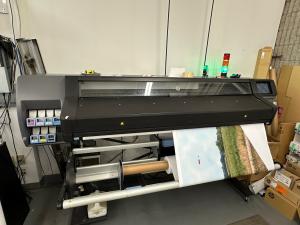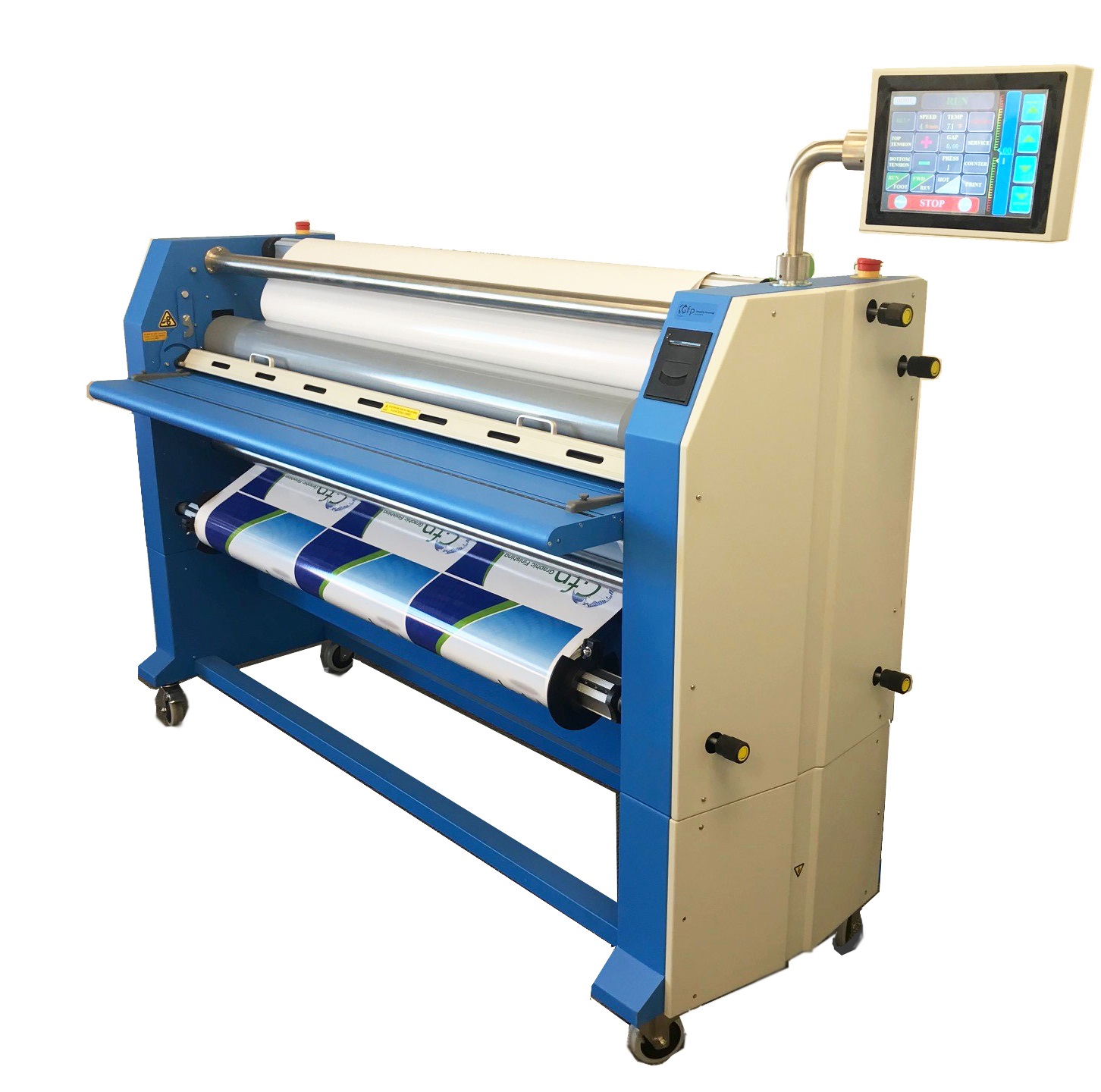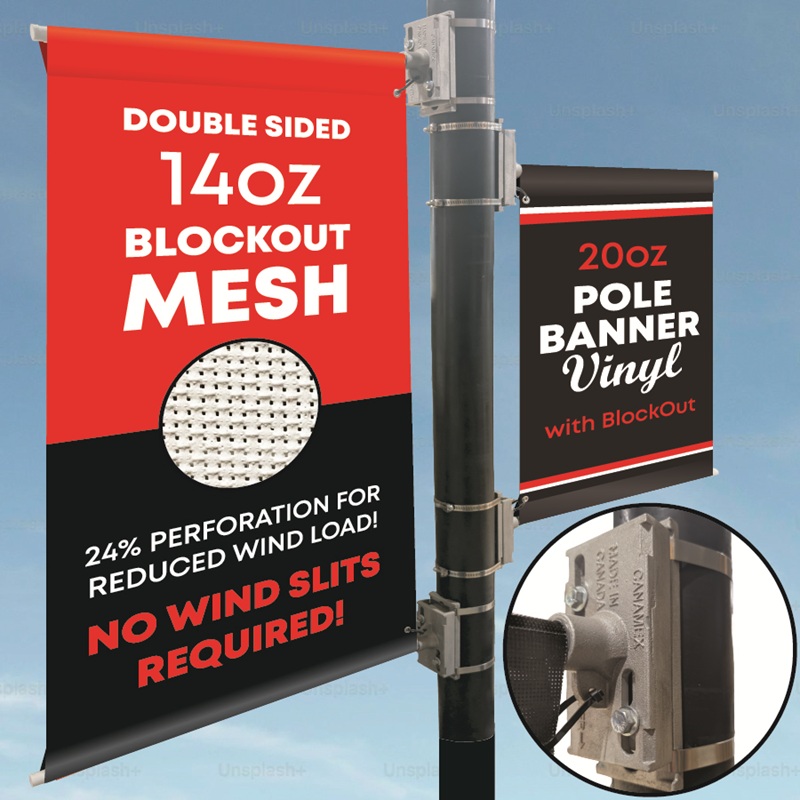Business Models: The franchising of sign shops
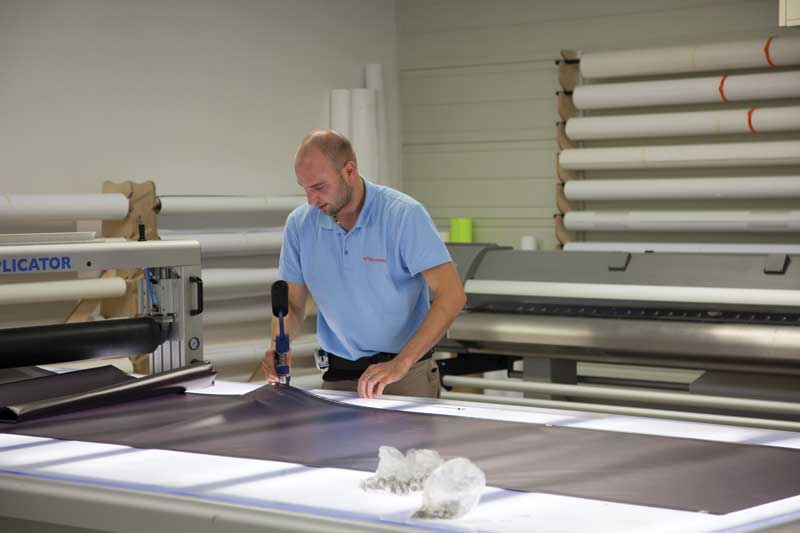
Going together
As a common saying goes: “If you want to go quickly, go alone. If you want to go far, go together.” Many independent sign shop owners are highly entrepreneurial and sales-oriented, but lack a recognized brand image, constantly updated marketing tools and privileged access to industry information. By associating themselves with a franchise system, they can gain all of these advantages and, thus, maximize their chances of longer-term success in a complex, changing market. And by partnering with an established franchisor and gaining access to all of its marketing tools, a small sign shop becomes better able to compete with local businesses that have more than 40 employees.
Further, success in numbers is not merely a question of working with a franchisor, but also a matter of sharing best practices with fellow franchisees. Major franchise systems organize annual national or international conventions and regional meetings to bring all of their franchisees together for this purpose. For many sign shop owners, these networking opportunities are a great way to bring them out of comparative isolation and enrich their knowledge in a professional climate that encourages collaboration, rather than competition, between a wide variety of members of the industry who all operate under the same banner. This is a sizable advantage.
Additional benefits are achieved through group synergy, including the aforementioned purchasing power. Major suppliers to the sign industry—from 3M to Avery Dennison to HP to Vista System International—have created strategic alliances with franchisors to optimize the efficiency of their own production and distribution processes. They have adapted their standard promotional and service offerings to meet the needs of international networks of thousands of franchises in a cost-effective manner. Not only do these groups of franchises represent significant buying power, but they are also easier to reach, so the commercial propositions extended to them are more generous than those available to many non-franchised shops.
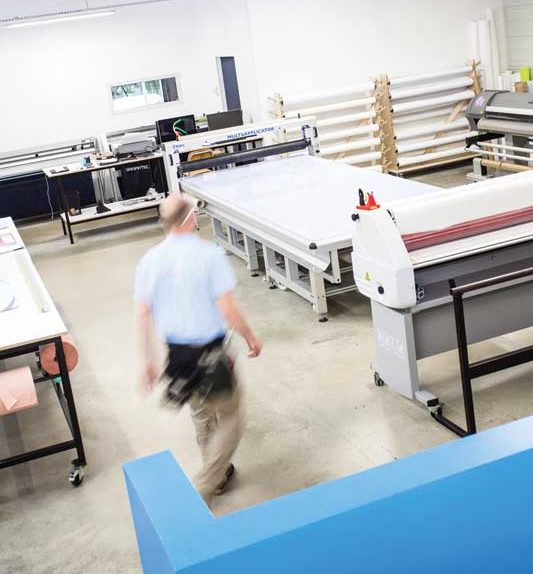 The question of independence
The question of independence
Going back to engravings in stone, the art of communicating by means of a sign, poster or nameplate has roots extending back to prehistoric times. And much as people in general have changed the way they communicate over the millennia, so too do many players in the sign industry know how to adapt to ensure their continued business success. They do not necessarily need to be franchisees to do well.
Either way, however, the status quo is no longer a realistic answer. Each entrepreneur operating in the sign industry must act now to determine his/her response to the convergence of markets that is multiplying the number of stakeholders serving the sign and graphics market. Beyond franchising, other wholly valid options include becoming a recognized specialist in a niche market, buying a competitor that offers complementary services, expanding product offerings or simply selling one’s business and moving on.
Compared with these options, certainly, the conversion of sign businesses to franchises is a proven and recognized route to sales growth—but it is also limited to a finite number of candidates who want to join a particular franchise network. What franchisors sell, after all, is an exclusive territory in which to operate under their brand. This means only a limited number of franchises will be available in each region.
The way out
As the sign industry has faced very significant changes in recent years, the time has come to evaluate the aforementioned options. And whichever of them is selected, it is important to act soon.
Keeping this in mind, franchising is also an option for those looking to sell their sign businesses. This way, there is time to maximize the value of a business and/or the chance to close the sale much sooner, as it is often easier to reach out to potential buyers when the business features a recognized brand, a proven operations system and a comprehensive, ongoing training program for the new buyer. A number of franchisors have developed initiatives to showcase the value of sign businesses and offer support services with just this eventuality in mind.
Pierre Lachappelle has more than 35 years’ experience in the sign and graphics industry and is now president of Gestion Per-Lac, master franchisor for Signarama in Quebec, and vice-president (VP) of l’Association Québécoise de l’Industrie de l’Enseigne (AQIE).For more information, contact him via e-mail at plachapelle@signarama.qc.ca.

